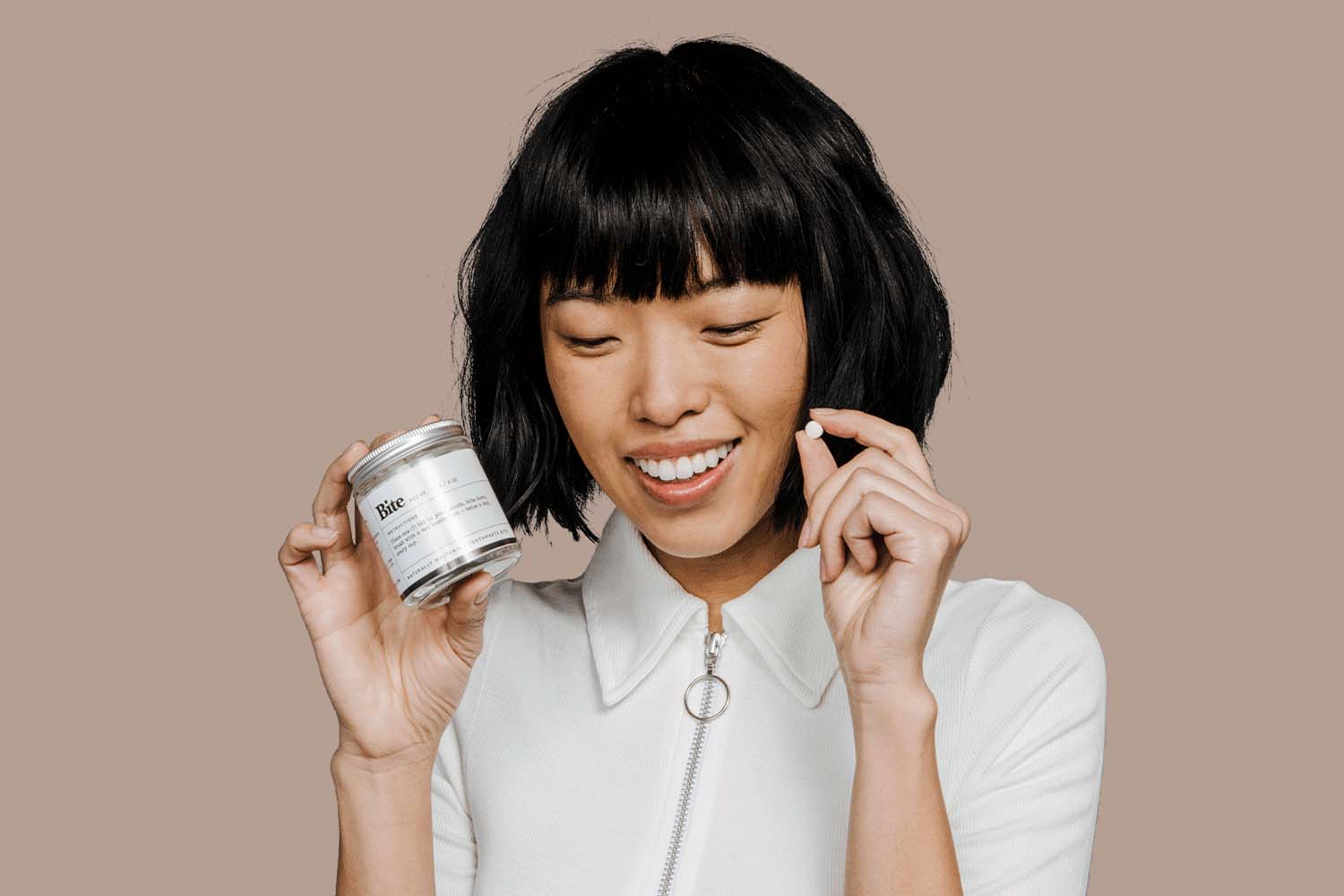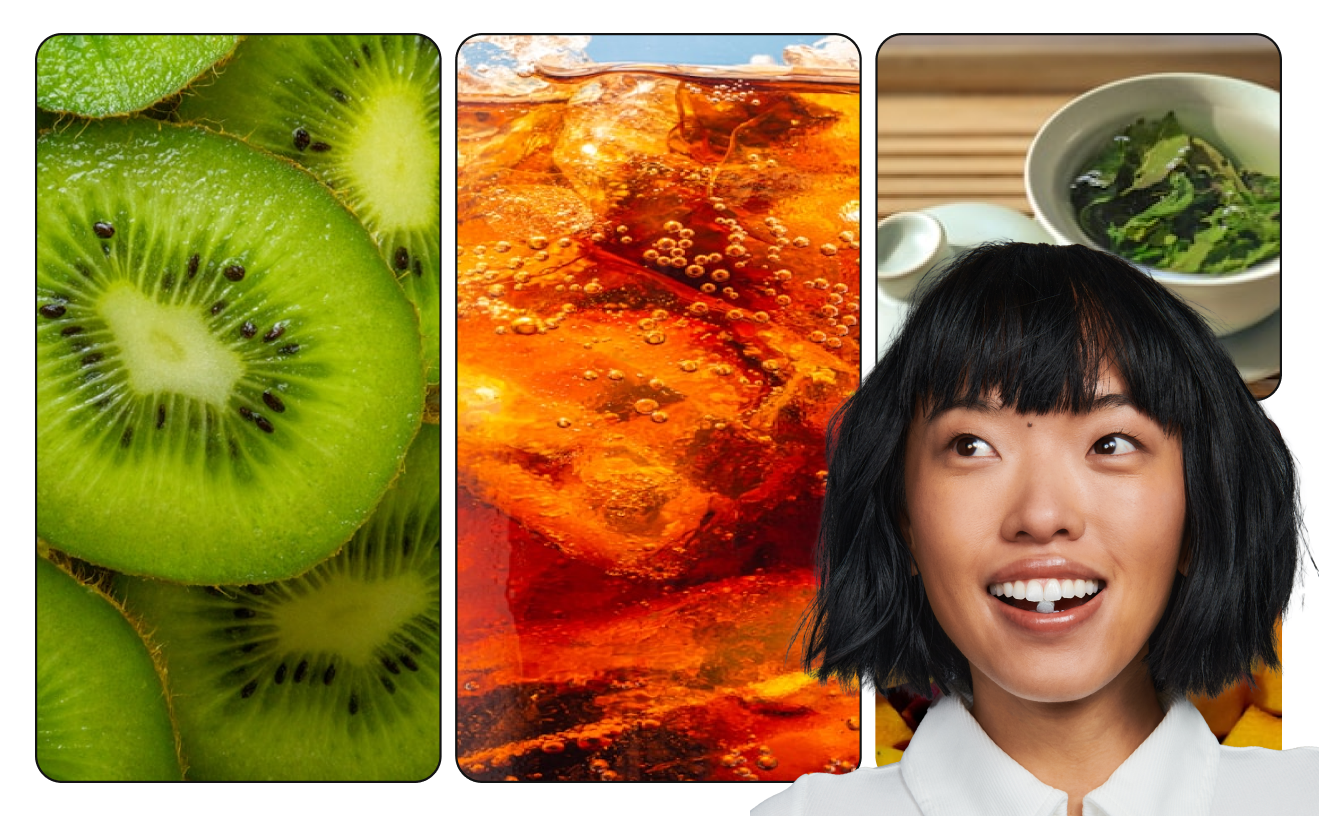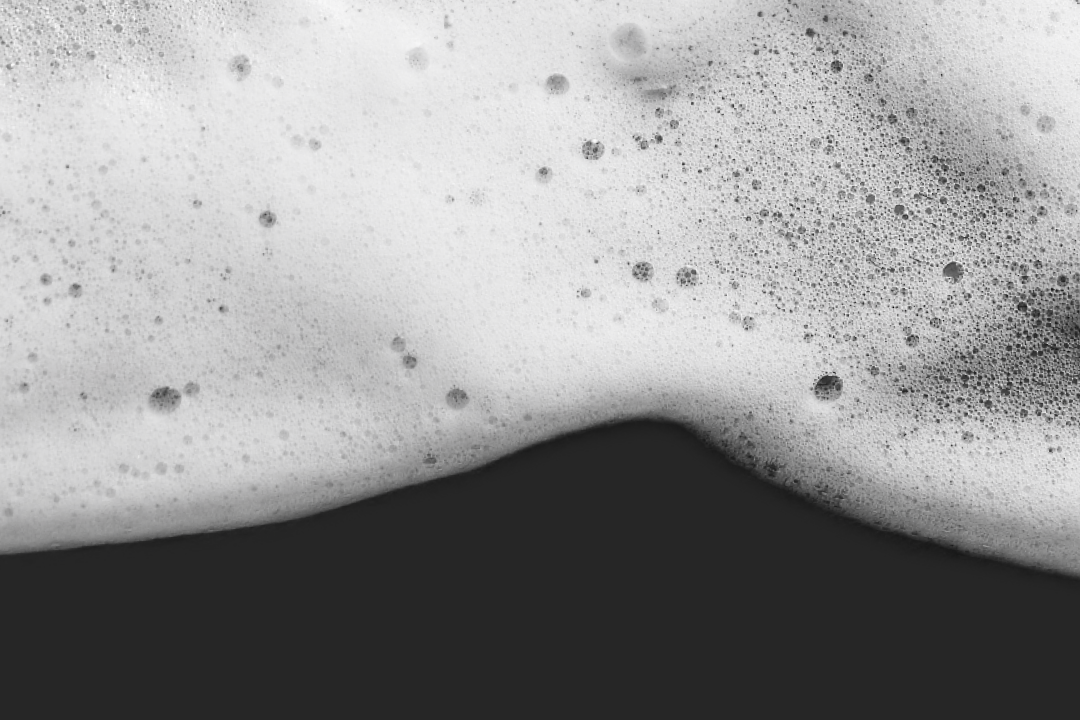What Happens When You Stop Using Fluoride Toothpaste?
Fluoride is a natural mineral found in rocks, water, soil, and for many of us: our toothpaste.
But, while fluoride in toothpaste provides a number of benefits, some people may prefer a fluoride-free option due to allergies or sensitivities.
If you’re considering swapping out your fluoride toothpaste for one that is fluoride-free, you may be wondering what happens when you stop using fluoride (and we don’t blame you).
Are there benefits you’ll miss out on? And is one better than the other?
The good news is that both fluoride and fluoride-free toothpaste offer benefits, and deciding which to use largely depends on your personal preferences.
What Is the Purpose of Fluoride in Toothpaste?
Fluoride has been added to oral care products like toothpaste since the 1950s in order to help combat cavities and strengthen tooth enamel.
Cavity Prevention
Fluoride was originally added to toothpaste for the purpose of preventing cavities. Cavities, also known as tooth decay or caries, are small holes that form on the surface of the teeth when bacteria or plaque builds up and damages the enamel.
Fluoride can help ward off cavities and may even help reverse the earliest stages of cavity formation by hindering plaque’s ability to produce acid that can eventually wear down and erode the teeth.
Remineralization
Along with preventing bacteria from producing tooth-eroding acid, the use of fluoride in toothpaste can also help support the enamel’s ability to remineralize.
Our tooth enamel contains a number of minerals, including phosphate and calcium, that work hard to help keep our enamel strong. Strong enamel in turn protects our teeth from issues like chips and cracks, breakage, and — you guessed it — cavities.
When sugars and starches get stuck on the teeth, it can lead to bacterial growth and acid production that, over time, erodes and demineralizes our tooth enamel.
Demineralization can cause problems like cavities and tooth decay if it occurs at a faster rate than remineralization. In other words, if your tooth enamel can’t keep up with the damage it is sustaining, there may be trouble on the horizon.
Fluoride can help slow the loss of minerals from tooth enamel by helping the teeth build a compound called fluorapatite. Fluorapatite can help strengthen enamel by reintroducing lost minerals and helping build resistance to future mineral loss.
Whitening Power
When your enamel — the translucent, outermost layer of the teeth — is weakened by plaque and acid-causing bacteria, it can become more susceptible to discoloration.
Plaque buildup can also cause teeth to look yellow, as it reveals the dentin beneath the enamel. Dentin is naturally yellow and can become more visible when plaque and acid erode the tooth’s protective enamel. Dentin is also more sensitive than enamel, which is why demineralization and enamel erosion can sometimes lead to an increase in tooth sensitivity.
By supporting remineralization and preventing plaque buildup, fluoride provides the added benefit of keeping teeth white and healthy-looking while also reducing or preventing sensitivity.
What Is Fluoride-Free Toothpaste?
Fluoride-free toothpaste is simply toothpaste that doesn’t contain fluoride. While there are many benefits of fluoride, there are also other smile-supporting alternatives.
What Ingredients Are in Fluoride-Free Toothpaste?
Fluoride isn’t the only ingredient that can hold its own against sugars and plaques.
Here at Bite, we use nano-hydroxyapatite (nHAP) to support enamel remineralization, along with erythritol and xylitol to help prevent and repel bacteria.
NHAP is a nontoxic calcium crystal developed by NASA in the 1970s to prevent bone density loss in space (and wow, did it deliver). NHAP works to replenish vital minerals for our enamel, help strengthen teeth, combat any tooth sensitivity, and overall aid in preventing cavities.
We also incorporate xylitol and erythritol, which are plant-based sweeteners that can also provide antibacterial benefits. When used in toothpaste, these natural ingredients can help repel cavity-causing bacteria while also adding the clean flavor you want after brushing your teeth.
What Risks Are Associated With Fluoride-Free Toothpaste?
While both fluoride and fluoride alternatives are considered extremely safe, there are a few reasons some may choose one over the other.
Some people have fluoride allergies, while others are sensitive to fluoride, and some simply prefer toothpaste without it.
Young children may also be at risk for dental fluorosis, which can occur when fluoride is overused while the teeth are still growing and forming. Fluorosis causes white marks on the teeth and can be prevented by supervising children during brushing or by using fluoride-free toothpaste.
The main risk associated with fluoride-free toothpaste is that it does not always include the right ingredients to prevent tooth decay and cavities, especially for those who don’t access fluoride through their drinking water.
The good news is that studies reveal that nHap can be just as effective as fluoride in preventing cavities. And that is why we use it in our oral care products.
How Often Should I Be Using Fluoride?
Most types of fluoride toothpaste contain between 0.75 to 1 mg of fluoride per pea-sized amount of toothpaste, and general recommendations for oral health suggest that adults should brush their teeth twice daily with this amount of product.
While most fluoride toothpastes contain between 1,350 and 1,500 ppm per container, your dentist may provide individual recommendations based on your unique oral health needs.
For instance, a dentist may encourage you to use a toothpaste with a higher amount of fluoride if you are at high risk of tooth decay. They may, alternatively, recommend you use fluoride-free toothpaste if you have a fluoride sensitivity or allergy, or if you are exposed to high concentrations of fluoride already through your water supply or food.
When in doubt, it is always best to consult your dentist for the most personalized and appropriate advice about your oral health, especially if you have concerns.
Does Fluoride-Free Toothpaste Still Prevent Cavities?
Luckily, fluoride-free toothpaste can still prevent cavities when other beneficial ingredients, such as nHAP, xylitol, and erythritol, are included (again, we have you covered).
When Do Cavities Happen?
Cavities are more common in children and older adults, but they can happen to anyone.
Eating or drinking sugars and starches throughout the day can make us more susceptible to cavities, especially if we don’t brush our teeth after.
This is because when sugars and starches aren’t cleaned off the teeth properly, bacteria in the mouth can feed off those sugars, turning them into acids. This process can produce a film on the teeth known as plaque. If the plaque isn’t scrubbed away, it can harden into tartar and become more challenging to remove.
Once the tartar appears, it can form a shield around the bacteria, allowing for more damage. The bacteria’s acid can continue to erode minerals in the teeth’s enamel, eventually forming holes in the enamel. These holes allow the acid and bacteria to move deeper and deeper into the teeth.
Once the bacteria reach the pulp at the center of the tooth, it can cause irritation and swelling. This can even cause the tooth’s nerve to press into the tooth where cavities can form. It is best to catch and address a cavity before it reaches the pulp of the tooth.
What Should I Look For in a Toothpaste?
Once you decide which cavity-fighting ingredient you want in your toothpaste, you may want to consider the flavors, other ingredients included, and the environmental impact of your toothpaste to help guide your decision.
Here at Bite, we are all about creating products that are just as good for the planet as they are for our smiles.
On the outside, all of our Toothpaste Bits are packaged sustainably in reusable glass jars to reduce plastic production and waste — because every bit counts.
And on the inside, three of our toothpaste flavors — Mint (available with fluoride or fluoride-free), Mint Charcoal (fluoride-free), and Berry Twist (fluoride-free) — contain nothing but vegan, naturally derived gentle ingredients free of any harsh sulfates or parabens.
The Bottom Line
We believe that our choices have power, and here at Bite, we want to provide you with all of the information you need to make decisions regarding your oral hygiene routine that feel right for you and fit your individual needs.
That’s why we are so excited to add our freshly-minted fluoride toothpaste to our collection of personal care products.
Whether you opt for our new fluoride toothpaste or one of our fluoride-free nHAP toothpastes, you'll be protecting your teeth from cavity-causing bacteria and demineralization while also protecting the planet from any added plastic waste. Now that is a choice you can feel good about!
Sources


